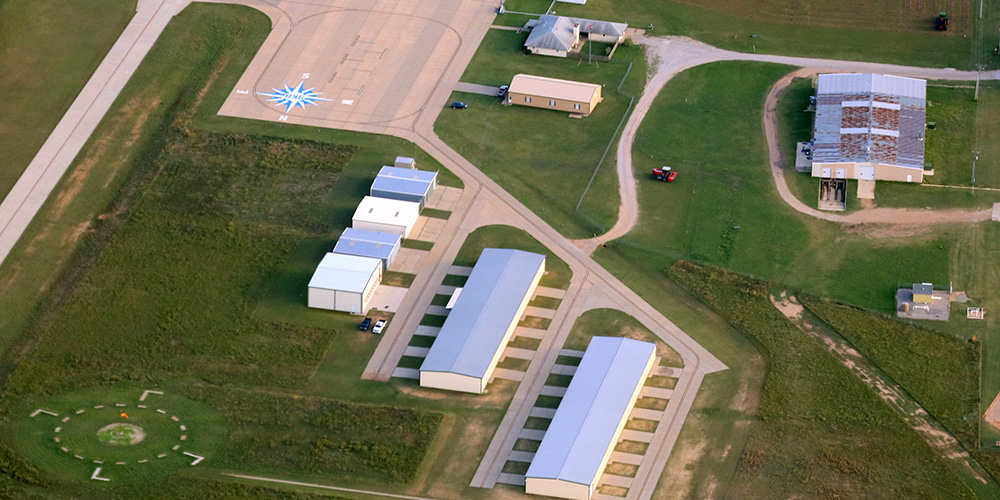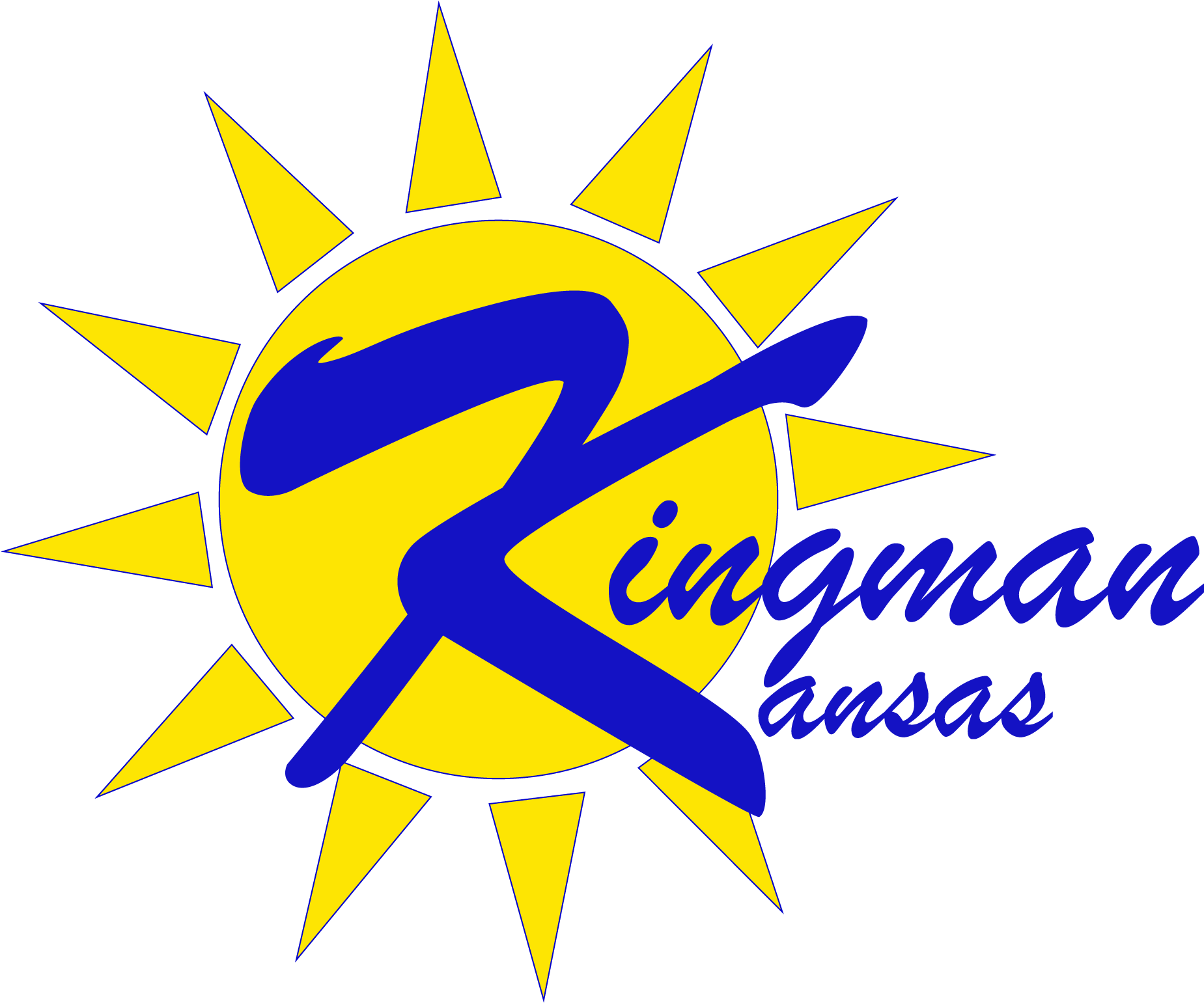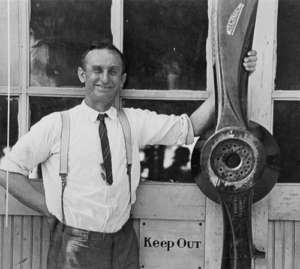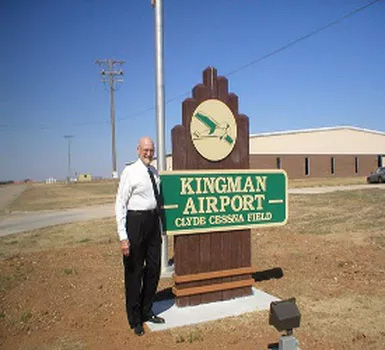AIRPORT MANAGER
(620) 532-1279
Email Tim
CLYDE CESSNA FIELD
“BIRTH PLACE OF THE CESSNA 172 SKYHAWK”
2114 N. Koch Industrial Road / Kingman, KS 67068
airportmanager@cityofkingman.com
(620) 532-1279
FAA Designation: 9K8 / Elevation: 1605
Fuel: 100 LL / Fuel Prices
Airport Weather / Call AWOS: (620) 532-1272

RUNWAYS & APRONS
North/South Runway:
18/36
Primary 4,300′ x 75′
6″ Concrete Surface, 30,000 pound single wheel gear weight limit
Pilot Controlled Lighted Runway
REILS and PAPI Navigation Aids
Back Taxi
East/West Runway:
11/29
Crosswind 3,400′ x 60′
6″ Concrete Surface, 30,000 pound single wheel gear weight limit
No runway lights or navigation aids
Back Taxi
Main Apron:
Size: 350′ x 200′
10 Tie Down Spaces Secondary
BILL LINDT MEMORIAL TERMINAL BUILDING
Open 8:00 a.m. to 6:00 p.m.
Pilot’s lounge
Airport manager’s office
Restroom with shower
Conference room
Vending machines
Courtesy car
BUSINESSES ON THE AIRFIELD
Mechanic Dennis Fisher is available by appointment. Contact at (620) 532-6080.
HISTORY OF CLYDE CESSNA FIELD
Flight testing showed that the increased drag slowed the 172 by about 5 miles per hour (8 kilometers per hour) when compared to the 170. After considerable flight testing at Kingman Kansas, the Civil Aeronautics Administration (predecessor to the Federal Aviation Administration) approved the airplane’s type certificate, 3A12, on 4 November 1955.


